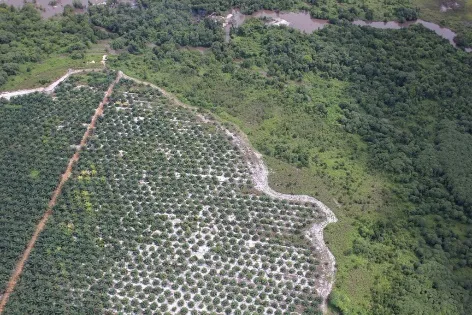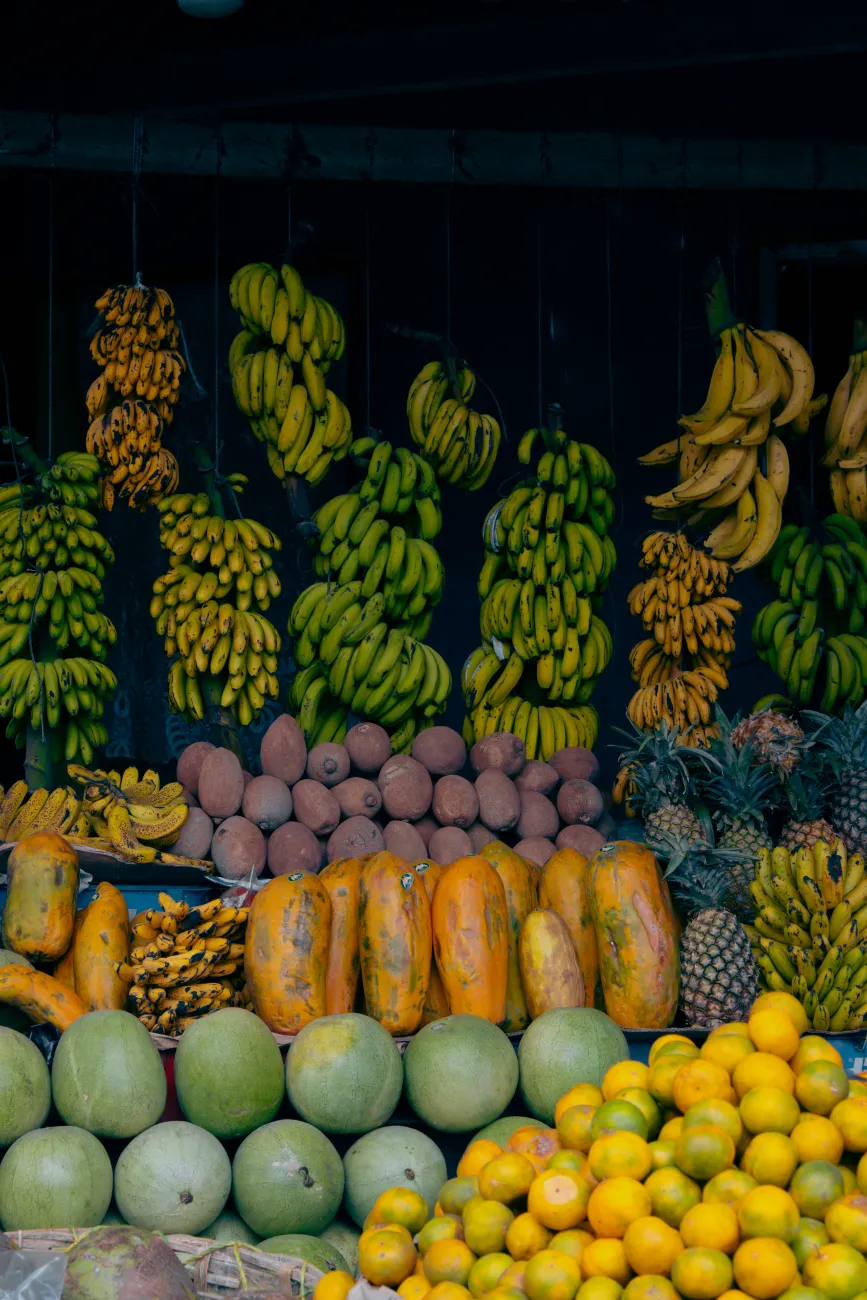This study warns that converting Africa's tropical forests into monoculture palm plantations will cause a significant spike in carbon emissions and highlights that regulation can assist in achieving net-zero carbon while meeting production goals.

To succeed, the authors emphasise that this approach needs to be mandatory and implemented by the government with careful land-use planning and strict enforcement.
Palm oil development has often generated GHG emissions as well as widespread deforestation and biodiversity loss. To evaluate if low-emissions palm oil development is feasible in this region and ultimately assist governments to strike the right balance between economic development and environmental conservation, the researchers used field measurements and satellite data to calculate forest carbon stocks and potential carbon emissions at the site of a 50,000-hectare palm oil plantation in Gabon. The study finds that converting even previously logged forest into oil palm plantations will generate high carbon emissions; to avoid this, governments need to enact mandatory policies regulating which forests can be cleared and how much remaining forest must be set aside for conservation.
Essential for achieving net-zero emissions will be to develop only low-carbon forests and require that one acre be set aside for every 2.6 acres put into production (the ratio at which carbon storage in the conserved forest will offset carbon loss in the rest of the plantation and achieve net-zero emissions over time. The paper estimates that the conversion of 11,500 ha of logged forest to a palm plantation in Gabon will release 1.50 Tg C (teragrams), which could be completely offset over 25 years through sequestration in planned forest set-asides if this ration is followed.
Abstract
Growing demand for palm oil is driving its expansion into the African tropics, potentially leading to significant carbon emissions if tropical forest is converted to palm monoculture. In this first study of a Central African oil palm concession (31,800 ha), we predict that the conversion of 11,500 ha of logged forest to a palm plantation in Gabon will release 1.50 Tg C (95% CI = [1.29, 1.76]). These emissions could be completely offset over 25 years through sequestration in planned forest set-asides given a 2.6:1 ratio of logged to converted forest. Using an agricultural suitability model, we find that careful national land-use planning could largely avoid high carbon emissions while meeting goals for palm oil production. We recommend that Gabon adopts a national carbon threshold for land conversion and requires concession-level set-aside ratios that meet no-net emissions criteria as mechanisms for steering plantations away from high carbon forests.
Citation
Burton, M. E. H., Poulsen, J. R., Lee, M. E., Medjibe, V. P., Stewart, C. G., Venkataraman, A., White, L. J. T., (2016). Reducing Carbon Emissions from Forest Conversion for Oil Palm Agriculture in Gabon. Conservation Letters, DOI: 10.1111/conl.12265
Read the full paper here and see further coverage here.
Read about related research in our research library categories land governance, deforestation, Palm-oil, mitigation policies, carbon sinks and sequestration, GHG impacts and mitigation.




Comments (0)